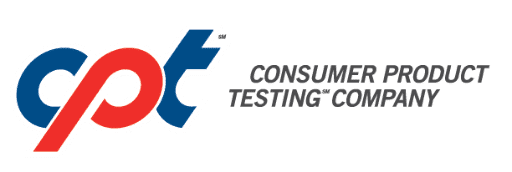What is Water Activity?
Water activity (aw) is a measure of the energy status of water in a product. This value indicates how tightly water is bound structurally or chemically, within a substance. This test is different than a Karl Fischer Titration which provides water/moisture content.
Water activity is a better predictor of microbial growth/perishability, chemical reactivity, color, odor, flavor, texture and shelf-life stability of a product than moisture content alone.
Water Activity Testing & Measurement
Water activity testing is measured using meters that employ the dew-point chilled mirror method or the capacitance method for materials with volatile compounds. These are two of the most common methods for measuring water activity.
Dew Point (or Chilled Mirror Dew Point Method)
This is the most common method used and the major advantages are speed and accuracy.
This method makes highly accurate (±0.003aw) measurements and is typically completed in about 5 minutes. Standard salt solutions are used to verify that the water activity meter is functioning properly.
Capacitance
This method is commonly used to test products or materials that contain volatile compounds. Volatiles will contaminate the dewpoint mirror and interfere with the measurement.
This is the reason that a capacitance sensor is used. This method is not as accurate as the dew point method, but necessary for these volatile compounds (±0.015aw).
Why is Water Activity Important for Your Product?
Microbial Growth:
Reduced water activity can greatly assist in preventing microbial proliferation in product formulations and improving the antimicrobial effectiveness of preservative systems.
For example, most common bacteria will not grow in formulations with a water activity below 0.87 aw and most yeast and molds will not grow below 0.60 aw. USP <1112> provides a table showing water activities required to support the growth of representative microorganisms and the levels below which growth is not supported.
Pharmaceutical APIs:
Pharmaceutical APIs are often susceptible to chemical hydrolysis, crystallization that affects dissolution rates and caking/clumping of powders. Knowing the water activity value may assist in preventing these issues with APIs.
Non-Aqueous liquids:
Non-aqueous liquids, dry solid dosage forms, and other anhydrous products, such as ointments, will not support microbial growth due to low water activity. This information may be used as a basis for reduced microbial testing by using skip-lot microbial testing or even eliminating routine microbial testing altogether. Water activity and knowledge of the formula can assist in this determination and the frequency of testing.

Important Compendial Chapters on Water Activity
There are two important chapters in the USP (United States Pharmacopeia) that discuss water activity.
- USP <1112> Application of Water Activity Determination to NonSterilie Pharmaceutical Products.
- Chapter <922> Water Activity
At CPT℠, we have everything needed to carry out Water Activity Testing for pharmaceuticals, cosmetics, and raw materials using state-of-the-art Water Activity Meter using dewpoint chilled mirror (Accuracy to ± 0.003 aw) or capacitance methods (accuracy to ± 0.015 aw). Let us help you conduct your Water Activity Testing.

